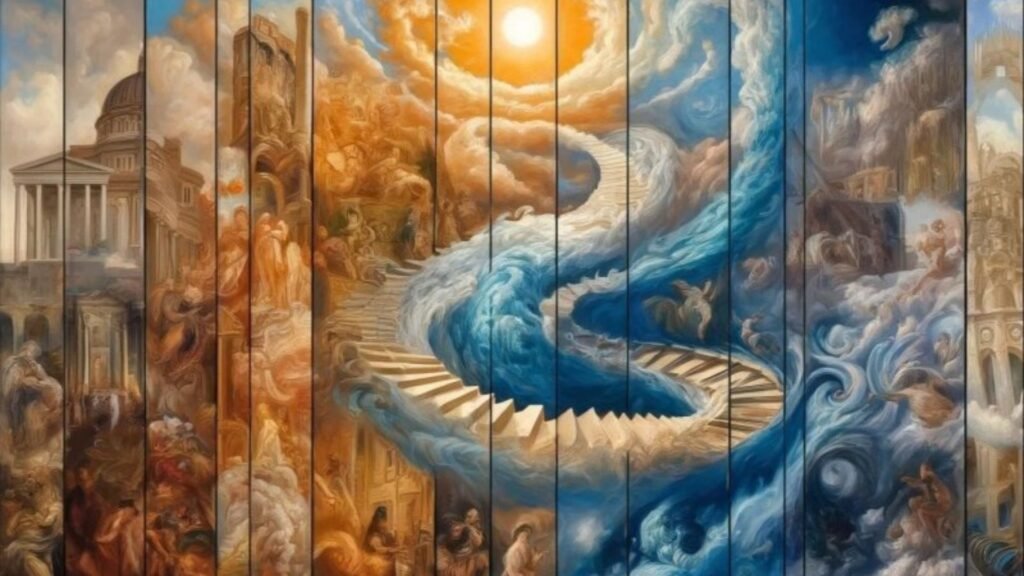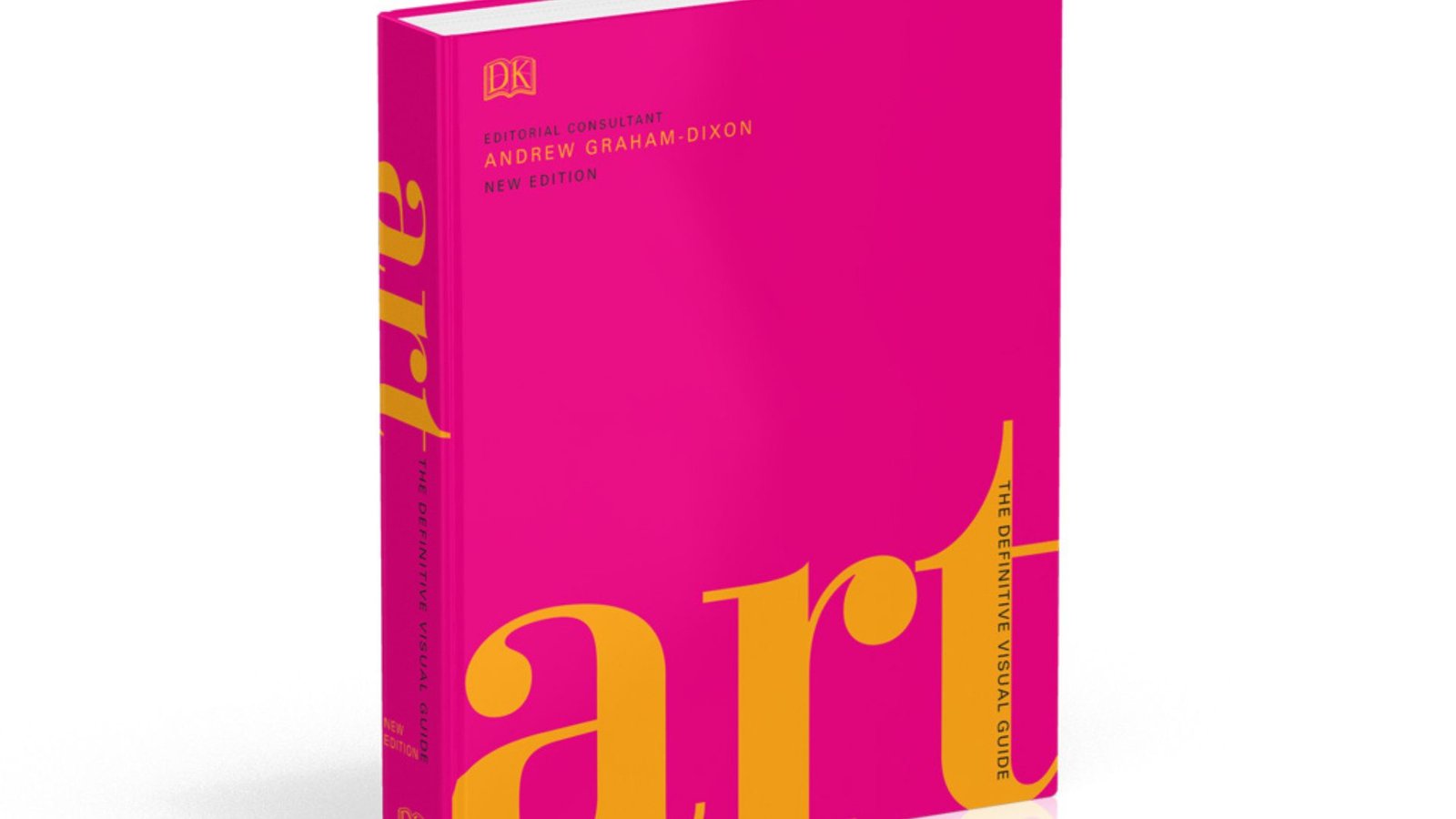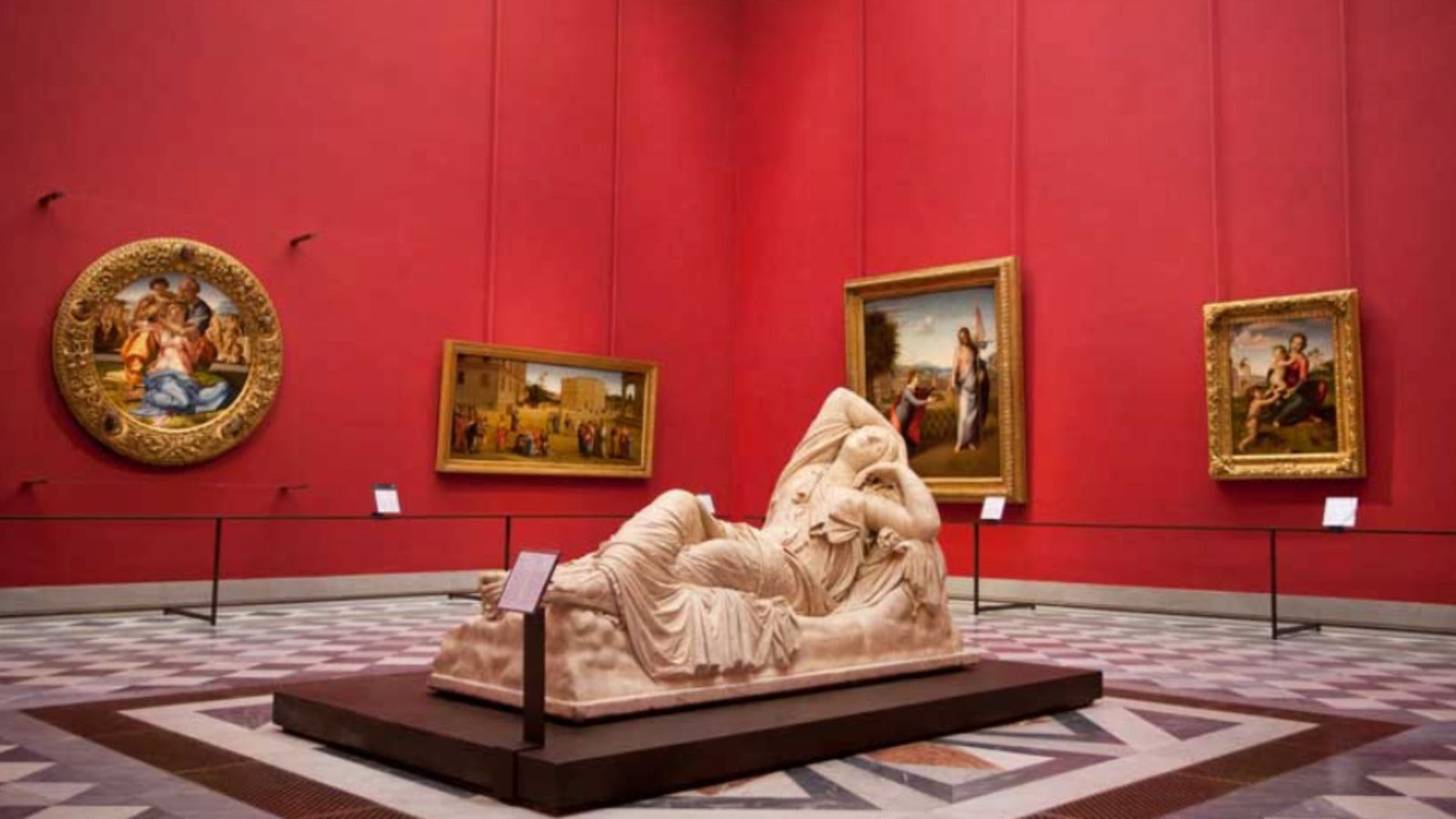Art has been a cornerstone of human expression for centuries, evolving through various styles and movements that reflect the cultural, political, and emotional landscapes of their time. Understanding these styles helps deepen our appreciation for art and the stories it tells. Let’s dive into the most significant art styles and movements and explore what makes them unique.

What Are Art Styles and Movements?
Art styles refer to distinctive techniques or approaches artists use to create their work, while movements represent a collective response to cultural or societal influences during specific periods. Together, they shape the evolution of art.
Why Explore Different Art Styles?
- Expand Your Knowledge: Learn about the history and context behind famous works.
- Find Inspiration: Discover which styles resonate with you the most.
- Understand Art’s Evolution: Trace how art reflects changes in society and culture.
Classical and Traditional Art Styles
1. Renaissance (14th–17th Century)
- Key Features: Focus on realism, perspective, and human emotion.
- Notable Artists: Leonardo da Vinci, Michelangelo, Raphael.
- Famous Works: Mona Lisa by Leonardo da Vinci, The Creation of Adam by Michelangelo.
The Renaissance was a rebirth of classical knowledge and art techniques, emphasizing harmony and balance.
2. Baroque (17th–18th Century)
- Key Features: Dramatic lighting, intense emotion, and grandeur.
- Notable Artists: Caravaggio, Rembrandt, Peter Paul Rubens.
- Famous Works: The Night Watch by Rembrandt, Judith Beheading Holofernes by Caravaggio.
Baroque art captures movement and energy, often used in religious and royal contexts.
Modern Art Movements
3. Impressionism (Late 19th Century)
- Key Features: Loose brushwork, focus on light and color, everyday scenes.
- Notable Artists: Claude Monet, Edgar Degas, Pierre-Auguste Renoir.
- Famous Works: Impression, Sunrise by Claude Monet, The Dance Class by Degas.
Impressionists broke from tradition, painting scenes as they appeared in the moment.
4. Cubism (Early 20th Century)
- Key Features: Abstract forms, fragmented shapes, multiple perspectives.
- Notable Artists: Pablo Picasso, Georges Braque.
- Famous Works: Les Demoiselles d’Avignon by Picasso, Violin and Candlestick by Braque.
Cubism challenged conventional notions of perspective, influencing modern design.
Contemporary Art Movements
5. Abstract Expressionism (Mid-20th Century)
- Key Features: Spontaneity, emotional intensity, and abstraction.
- Notable Artists: Jackson Pollock, Mark Rothko, Willem de Kooning.
- Famous Works: Number 1A by Pollock, Orange and Yellow by Rothko.
This movement emphasized personal expression through non-traditional forms.
6. Pop Art (1950s–1970s)
- Key Features: Bold colors, commercial imagery, and cultural commentary.
- Notable Artists: Andy Warhol, Roy Lichtenstein.
- Famous Works: Marilyn Diptych by Warhol, Whaam! by Lichtenstein.
Pop Art celebrated and critiqued consumer culture using recognizable imagery.
Global Art Styles
7. Asian Art
- Key Features: Intricate details, symbolism, and natural themes.
- Styles: Japanese Ukiyo-e, Chinese Ink Wash, Indian Miniatures.
- Notable Artists: Katsushika Hokusai (The Great Wave off Kanagawa), Zhang Daqian.
Asian art emphasizes harmony with nature and spiritual elements.
8. African Art
- Key Features: Bold colors, geometric patterns, and storytelling.
- Mediums: Sculpture, textiles, masks.
African art often reflects cultural traditions, rituals, and community values.
Emerging Art Trends
9. Digital Art
- Key Features: Created using software and digital tools.
- Forms: 3D modeling, NFT art, video installations.
Digital art is reshaping how we create and consume visual media.
10. Street Art
- Key Features: Public murals, graffiti, and urban themes.
- Notable Artists: Banksy, Shepard Fairey.
Street art transforms everyday spaces into vibrant canvases, often with social messages.
How to Identify Your Favorite Art Style
1. Visit Galleries and Museums
Explore different styles in person to see what resonates.
2. Research and Experiment
Dive into books, online resources, and documentaries.
3. Try Creating Art
Experiment with various techniques to better understand each style.
Conclusion
Exploring different art styles and movements opens a window into the past and future of human creativity. From the precision of Renaissance masterpieces to the innovation of digital art, each style offers something unique. Whether you’re an art enthusiast or a budding collector, understanding these movements enriches your appreciation and deepens your connection to the world of art.










